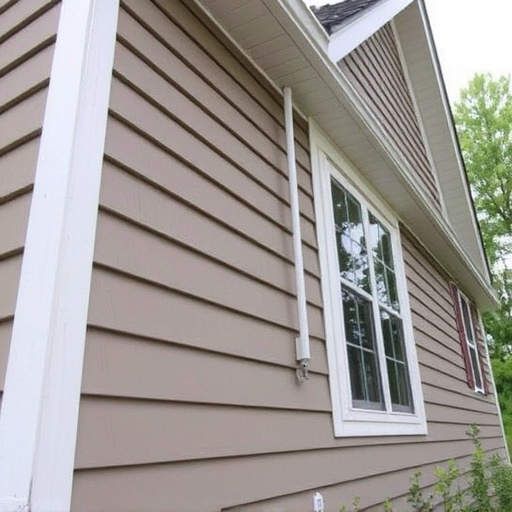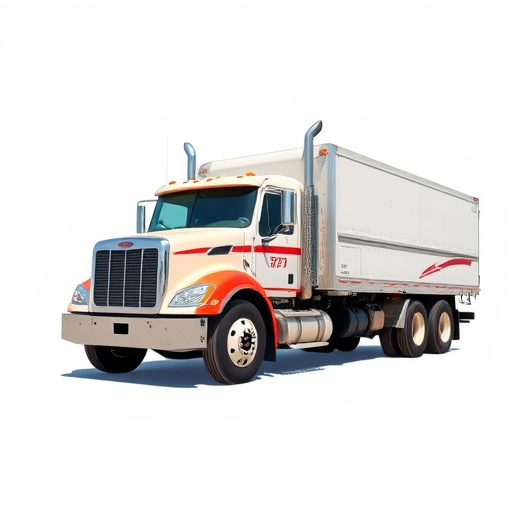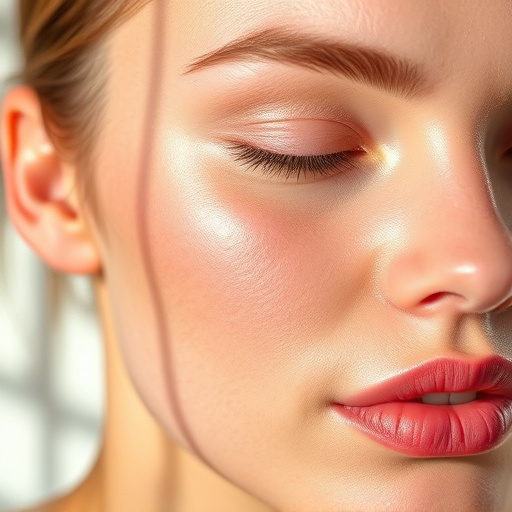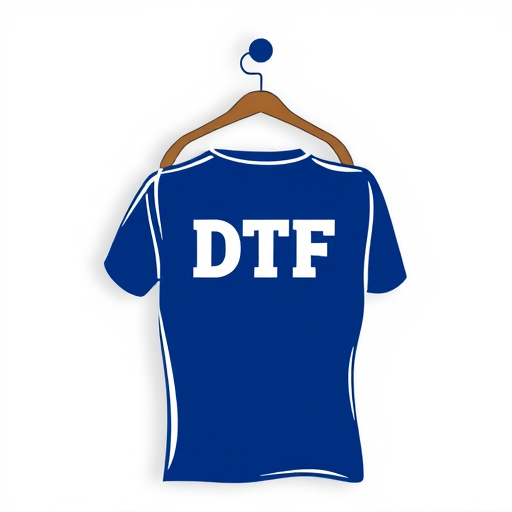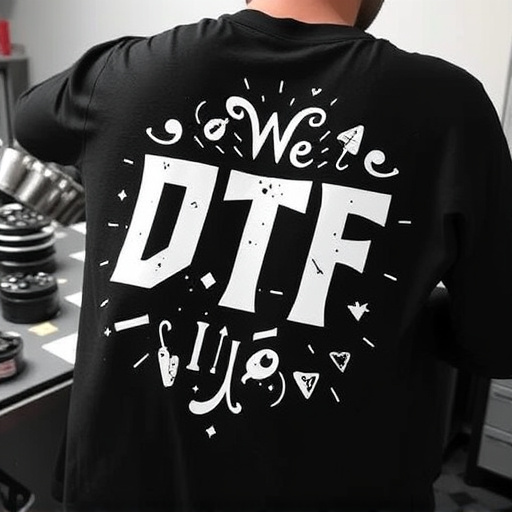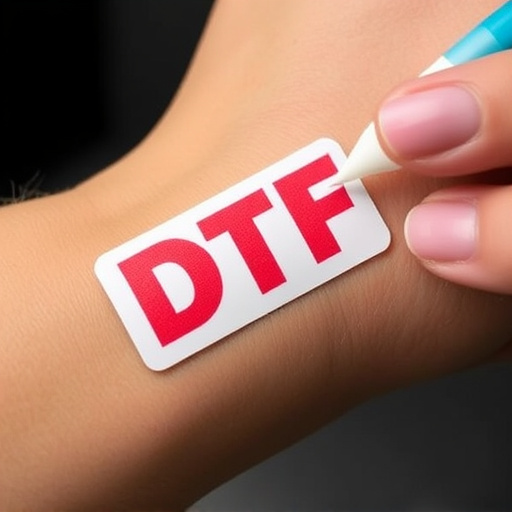Direct Thermal Formation (DTF) curing ovens are specialized equipment vital for creating high-quality DTF transfers with precise heat application. The key to their effectiveness lies in uniform heating, ensuring every part of the substrate receives equal energy for consistent color, texture, and material strength. Optimizing performance requires understanding specific material properties and tailoring temperature profiles, heating rates, and cooling processes accordingly. Heat uniformity is a primary driver of quality outcomes, reducing waste and enabling a seamless workflow from design to final product in the dynamic DTF printing market, particularly relevant for rapid and efficient printing on various fabrics in the custom apparel industry.
In the realm of industrial curing processes, DTF (Direct Thermal Formation) curing ovens stand out as game-changers. These advanced systems offer precise and efficient material processing. However, achieving optimal performance hinges on heat uniformity. This article delves into the intricacies of DTF curing ovens, exploring how even heat distribution significantly impacts oven efficiency and final product quality. By understanding heat uniformity’s role, manufacturers can optimize their processes for consistent and superior results.
- Understanding DTF Curing Ovens: The Basics of Direct Thermal Formation
- Heat Uniformity: Its Impact on Oven Performance and Quality Outcomes
- Optimizing Heat Distribution for Consistent Curing Results in DTF Ovens
Understanding DTF Curing Ovens: The Basics of Direct Thermal Formation
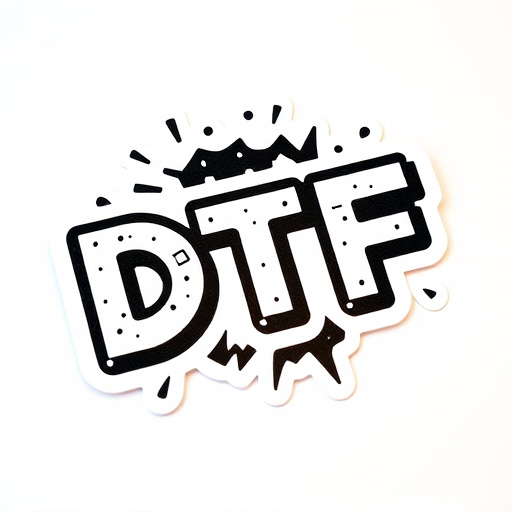
Direct Thermal Formation (DTF) curing ovens are specialized equipment designed to create high-quality DTF transfers with precise heat application. This process involves precisely controlling temperature and time to ensure even heating across the entire substrate, resulting in excellent print quality and material bonding. DTF curing ovens use direct contact between the heated surface and the material to achieve rapid and efficient curing, which is crucial for modern printing demands.
The effectiveness of a DTF curing oven hinges on achieving heat uniformity. This means ensuring that every part of the substrate receives the same amount of heat energy during the curing process. Heat non-uniformity can lead to variances in color, texture, or even material strength across the final product. Therefore, understanding and adhering to the correct dtf file preparation and design requirements are essential to produce consistent, high-quality DTF transfers. This includes optimizing parameters like temperature profiles, heating rates, and cooling processes to meet specific material properties and ensure optimal performance in the oven.
Heat Uniformity: Its Impact on Oven Performance and Quality Outcomes
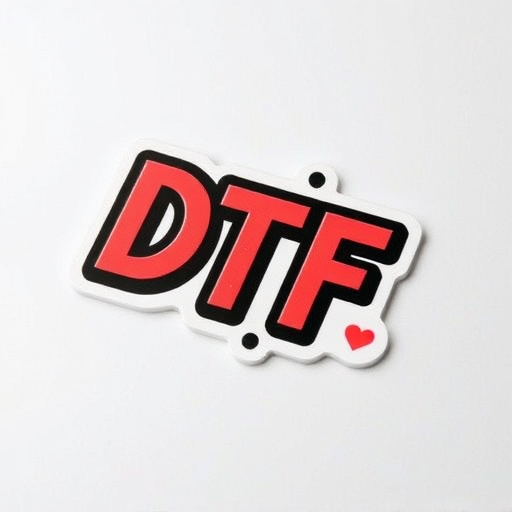
Heat uniformity is a critical factor that significantly influences the performance and quality outcomes of a DTF curing oven. In the context of Direct to Form (DTF) printing, achieving consistent heat distribution across the entire surface of the substrate ensures even curing, minimizing variations in color, texture, and overall material properties. This uniformity is essential for producing high-quality, consistent custom DTF transfers that are ready to press.
Non-uniform heating can lead to hot spots, causing uneven curing and resulting in defects like overcured or undercured areas within the same transfer. By optimizing heat uniformity, DTF gang sheet builders can enhance overall oven efficiency, reduce waste, and ensure a seamless workflow from design to final product. This focus on heat distribution is pivotal for maintaining quality standards and meeting customer expectations in the dynamic world of DTF printing.
Optimizing Heat Distribution for Consistent Curing Results in DTF Ovens

Optimizing heat distribution is key to achieving consistent curing results in DTF (Direct-to-Fabric) curing ovens. These advanced machines play a pivotal role in the custom apparel industry, enabling rapid and efficient printing on various fabrics. To ensure top-notch quality, it’s crucial to focus on even heat transfer throughout the entire fabric surface. This involves careful design of the oven’s heating elements, strategic placement, and often, implementation of innovative technologies like temperature sensors and automated control systems.
By minimizing hot spots and cold zones, DTF ovens deliver precise color matching, critical for satisfying customers demanding dtf fast delivery without compromising on aesthetics. This meticulous approach to heat uniformity ensures that each printed design is vibrant and consistent, meeting the high standards set by modern fashion trends. Moreover, it allows for greater flexibility in fabric choices, catering to diverse dtf custom apparel needs.
In conclusion, heat uniformity is a critical factor that significantly influences the performance of DTF curing ovens. By optimizing heat distribution and ensuring even thermal exposure, manufacturers can achieve consistent curing results, enhance product quality, and minimize waste. Understanding the fundamentals of direct thermal formation (DTF) and implementing strategic solutions for optimal heat uniformity are key steps towards maximizing the efficiency and reliability of DTF curing oven operations.
